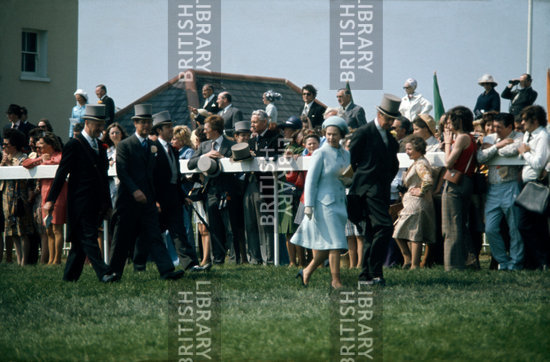School Trip Friday – Of cabbages and kings
As the days grow shorter and the nights become longer, our School Trip Fridays sometimes have to be done in the comfort of our home in front of a roaring log fire. Even though we can’t get out and head for the hills, the computer is still switched off and our own unique style of learning about our country’s great heritage continues.
As an amateur historian, I am a firm advocate of our English heritage. However, to understand our rich past, I feel that we have to have ‘pegs’ on which we can hang our historical information. For example, if you are looking at a grand half-timbered English building, how can you say ‘this is a beautiful Tudor building’ when you don’t know roughly what period ‘Tudor’ is! Is Tudor before or after Georgian? Is Regency 100 years ago or 500 years ago? Where do Victorians’ ‘Morals and Values’ come into all of this?… Without realising it, we unconsciously use language about our rich past in our daily live. So what better ‘pegs’ are there then the long timeline of English/British monarchs!
However, because of my child’s complex educational needs, it is pointless me ‘teaching’ kings and queens in a traditional (or should I say, old-fashioned!) way. I can’t quote facts and figures to him, and expect them to be regurgitated back to me parrot style. For one, his poor memory means he won’t be able to do that with any level of success and for another, what’s the point in him learning meaningless information that has no relevance to him! Our learning has to be hands-on, interactive and participative for both him and me.
And for a small child who loves collecting Top Trump cards, football cards and what-ever cards the local newsagent currently has in stock, what can be more interactive and hands-on then looking at the beautifully drawn and illustrated postcards and cigarette cards of a hundred years ago. Our great-grandparents’ equivalent of pre-computer multi-media and Top Trumps game-cards!
So last week’s School Trip Friday was spent looking at images of the kings of England between 1066 and 1485 from the exquisitely illustrated set of postcards made by Tuck in 1902 and the handsome 1935 cigarette cards from Players. What can be more beguiling and magnetic to a small child who can barely read and write then such fine pictures! (Sadly, our only medieval Empress/Queen Matilda was not acknowledged in either set.)
 Raphael Tuck’s Kings and Queens of England postcards (1902) – Normans to Plantagenets
Raphael Tuck’s Kings and Queens of England postcards (1902) – Normans to Plantagenets
 Player’s Kings and Queens of England cigarette cards (1935) – Normans to Plantagenets
Player’s Kings and Queens of England cigarette cards (1935) – Normans to Plantagenets
History is all about the telling of stories from our past, and the picture below shows all the characters from one of the more murkier tales from English history. By using these 5 cards, I was able to retell to my child the story of intrigue, treachery, treason and murder – and the last English king to die in battle. And then bring that narrative right up to date with this summer’s remarkable discovery in a car park in Leicester. But who was the villain of this story – the first of the Tudors, or the last of the Plantagenets? Henry or Richard? I know what we decided… How about you?

I asked my child who was his favourite king from all of the cards of Norman and Plantagenet kings. My academically challenged child replied ‘whoever invented the longbow’. Whilst he didn’t invent the longbow, this naturally brought us on to Henry V and Agincourt and watching the battle scenes from the BBC’s recent wonderful production of Shakespeare’s Henry V. Very naughtily, I also told my child about the legend of the longbow archers and how it came about that the English always stick two-fingers up to their enemies. History doesn’t have to be dry and dusty, our children can be taught the naughtier bits too – even if it might not be entirely true and more myth then fact!

Is my child academically challenged or a child whose school-teachers totally failed to engage him with traditional teaching methods?
“The time has come,” the Walrus said,
“To talk of many things:
Of shoes and ships and sealing wax
Of cabbages and kings
And why the sea is boiling hot
And whether pigs have wings.”
The Walrus and the Carpenter by Lewis Carroll
You may also be interested in
– School Trip Friday – Weald and Downland Open Air Museum
– School Trip Friday – Chapel of St Peter’s on the Wall, Bradwell
– School Trip Friday – Imperial War Museum Duxford
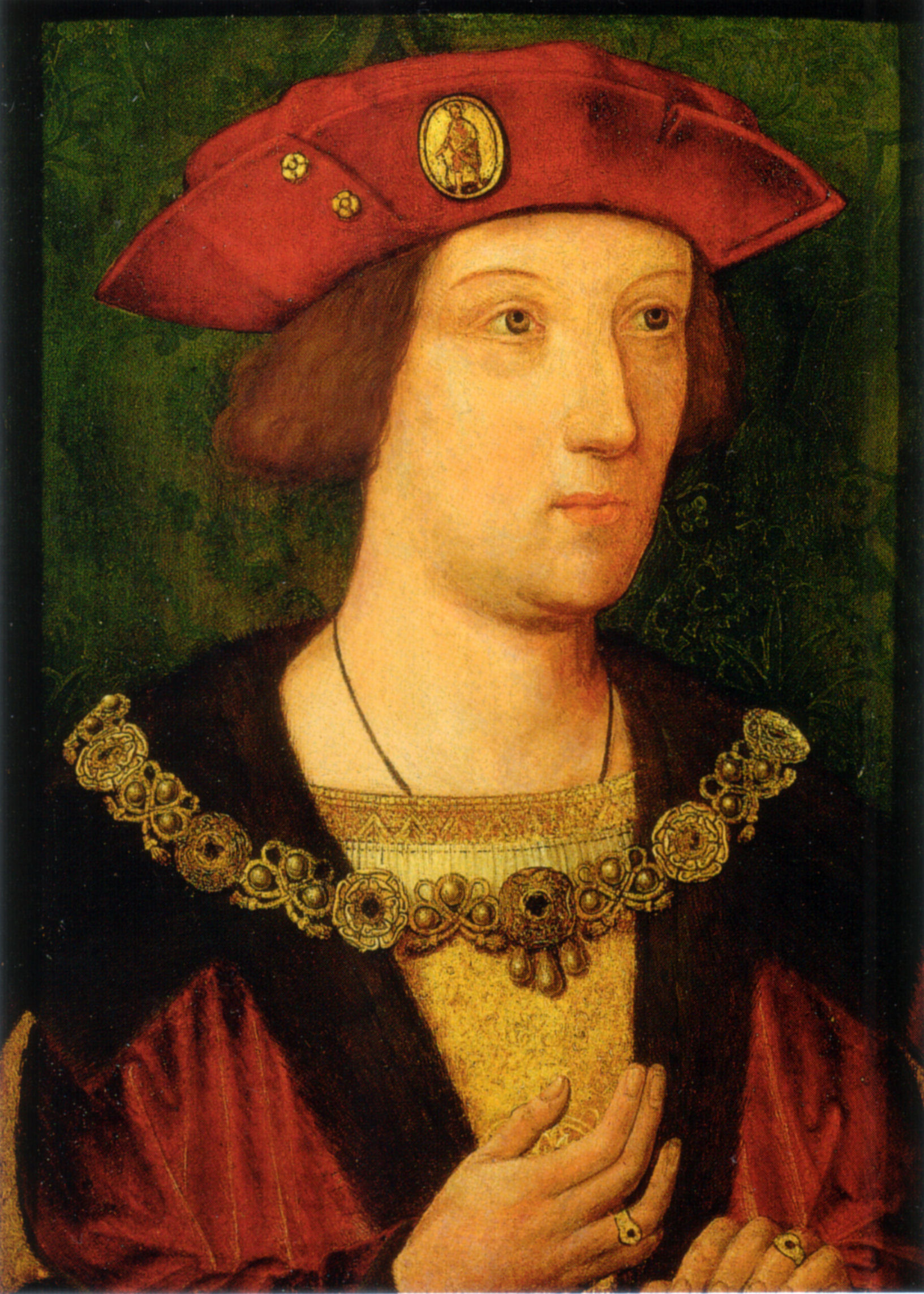
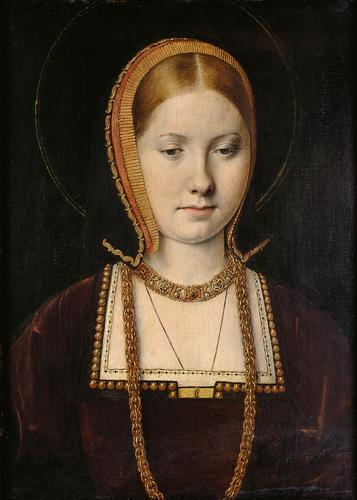
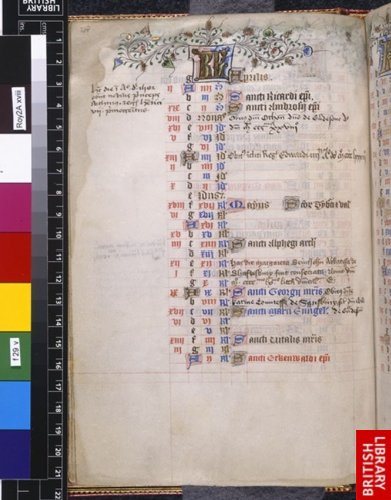





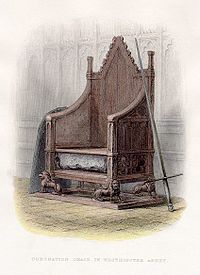
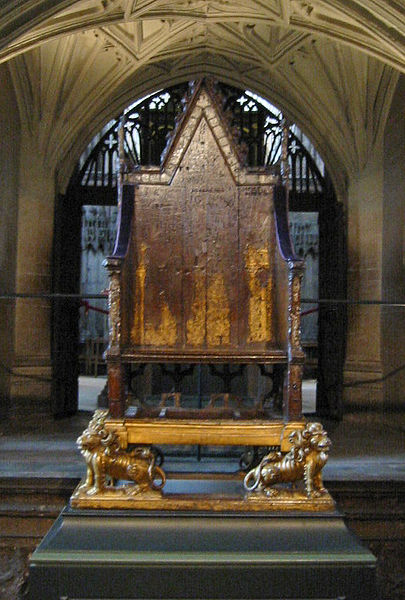
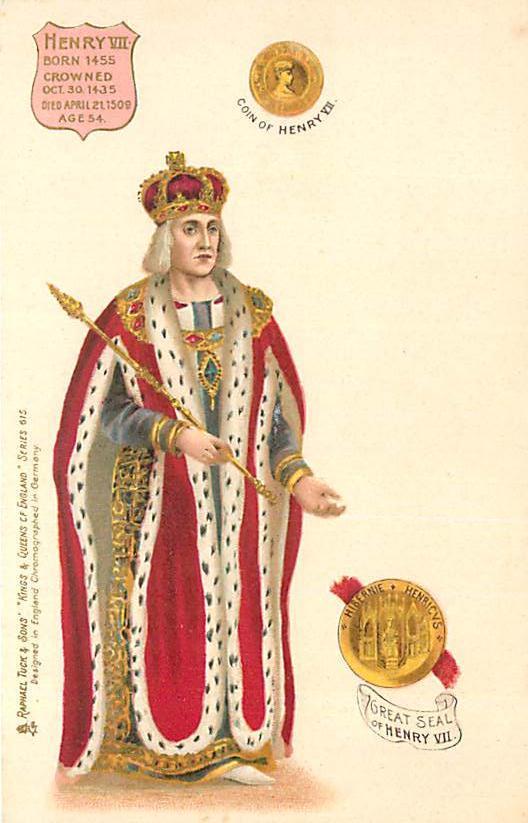
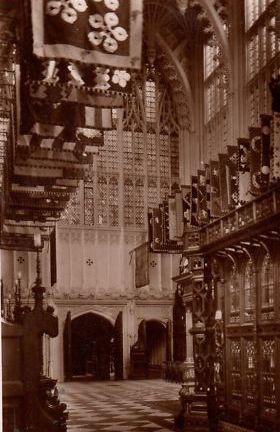
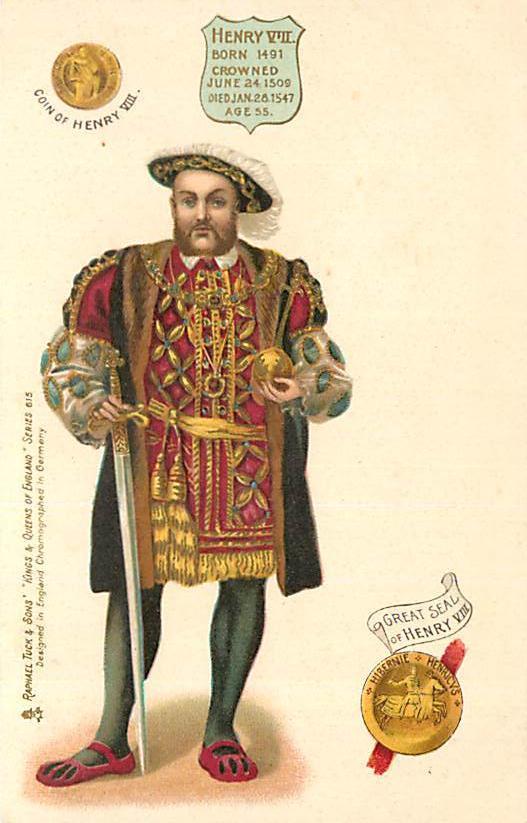
 Coronation Oath of Henry VIII with his own annotations (crowned 24 June 1509), shelfmark Cotton Ms. Tiberius D viii, f.89, © British Library Board. (For more information on his changes, see the British Library’s
Coronation Oath of Henry VIII with his own annotations (crowned 24 June 1509), shelfmark Cotton Ms. Tiberius D viii, f.89, © British Library Board. (For more information on his changes, see the British Library’s 
 Coronation procession of Edward VI along Cheapside, London.
Coronation procession of Edward VI along Cheapside, London. 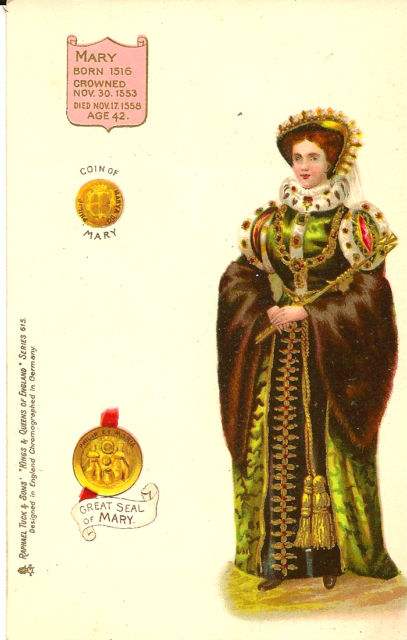
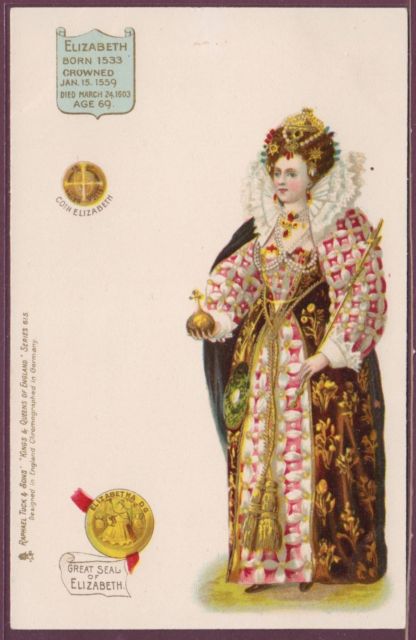
 Coronation procession of Elizabeth.
Coronation procession of Elizabeth. 